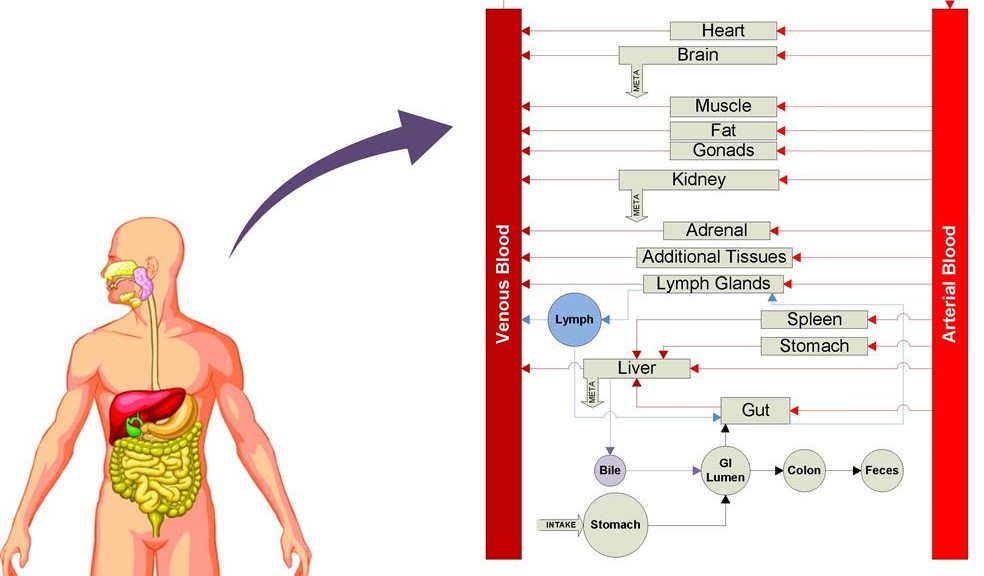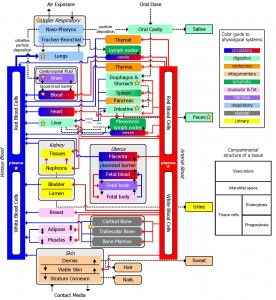The Human body is the most complex machinery known to man. From the genetic material to the tissues and organs, every part of the machine works in absolute synergy on a daily basis.
However, the body also faces daily assaults from a host of chemicals and agents in the environment, be it at home, in school, or in the workplace. Some of these chemicals are in our food or drugs that we take, and some others get in our body inadvertently through the air we breathe, or the things we touch. Sometimes, these chemicals cause unwanted outcomes in our bodies – either short terms or long term. Even the drugs we take or the food we eat for beneficial effects might have unwanted reactions which might affect our health.
Biological and health research has come a long way in giving us many of the answers we seek regarding deleterious health effects. However, with new chemicals, drugs, and cosmetics entering the market every day, the problem of understanding human health risks is a constant one, which changes with every new challenge. Computational and mathematical models help in leveraging existing biological knowledge using fast computers and efficient algorithms to produce novel insights into these complicated problems.


